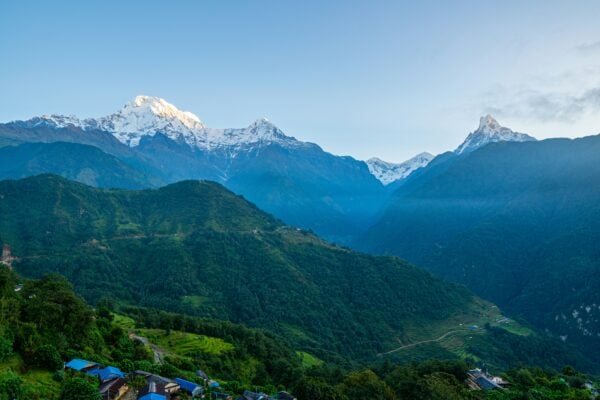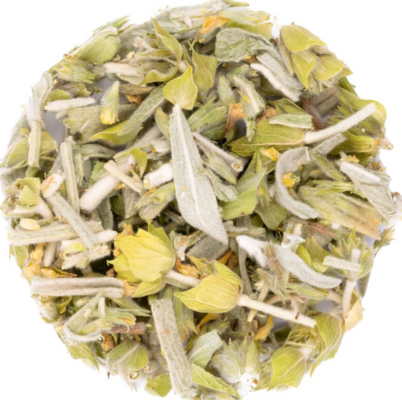Despite being one of the poorer countries in Africa, the Southeastern country of Malawi has been a dominant force in African tea production for more than a century. Malawi sits only behind Kenya and Uganda as the third most tea-producing nation in Africa, and a substantial number of Malawians are dependent on the Tea industry. The country exports up to 3000 tons of tea to Europe and Asia annually, the bulk of it being black teas meant for tea bags, although other varieties of teas have slowly become more prevalent in recent years.
The professional production of tea in Malawi dates back to colonial times, the 1880s to be exact, where it is said that Jonathan Duncan, a gardener at the Blantyre Mission, began experimenting with planting tea seeds in Malawian soil. Some years later Henry Brown of the Lauderdale Estate continued this trend by planting tea bushes imported from (Ceylon) Sri Lanka. From here tea production spread to other European plantations and ultimately snowballed into the tea industry that it is today. The lion’s share of tea is produced by larger estates, while a small portion is operated by smallholders.

There have been two important developments that augmented the expansion of the tea industry in Malawi in the first half of the 20th century. The first was the creation of the Trans-Zambezi rail, which made the export of tea (and other crops) more convenient. The other was the exploitation of workers through the ‘Thangata’ system of labor. Essentially, the Thangata system, during colonial times, was one of exchanging labor for renting land on the estates. In other words, farmers were forced to work for the estates during growing seasons, leaving less time to grow their own crops. Thangata was abolished in 1962, although forms of labor exploitation continued. While employment in the tea industry in Malawi is considered as a “good job”, there are still significant hurdles for the laborers.
In terms of its geography, Malawi mostly enjoys a tropical climate with rainfall being seasonal. It is only in the wetter regions and the summer season when there is a lot of rainfall, that the tea plant is able to grow successfully. The majority of tea production operates in the Mulanje and Thyolo regions near the Southern border of the country, and on a lesser scale in the Nkhata bay region in the Northern part of the country. Unfortunately, in more recent years climate change has begun to pose a substantial risk to future tea production in Malawi.
To remedy some of the challenges facing the Malawian tea industry today a combination of producers, trader, buyers, trade unions and more established the Malawi Tea 2020 Revitalization Program, meant to improve living wages for workers, investing in tea estates, strategies to help smallholders attain sustainable income, creating more opportunities for women, and developing more environmentally sustainable methods to combat the effects of global warming.



